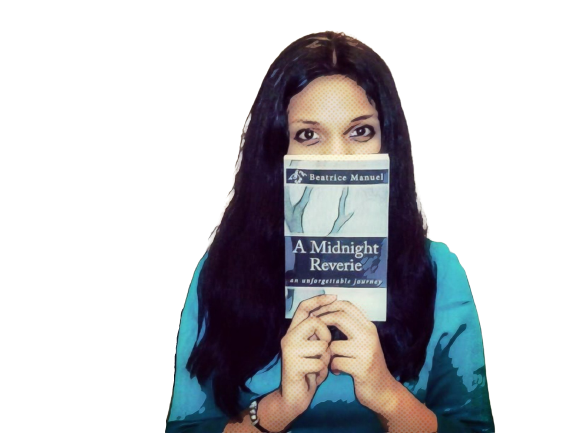
“Setting is the soul of your story. Improve upon it, and it will take your writing to the next level.” Ruth Ann Ridley
Writing setting can be scary, especially if you’re writing a story grounded in a reality and place you haven’t explored yourself.
The majority, if not all, of my contemporary fiction stories are set in cities across the US that I haven’t visited. Spare for a one week trip to New York in 2018, I haven’t got the real-world experience you might expect from a writer penning modern fiction. I’d kill for a magic carpet to take me to the places I want to go.
That being said, it’s not impossible to immerse yourself in writing unexplored settings, and actually succeed in capturing it well.
Here are a couple strategies to craft masterful descriptions of your story’s settings without having to book that plane ticket.

Have Yourself a Virtual Trip

Ah, modern technology. How I love you so. You might not be able to visit a place and absorb it with all your senses but Google Maps and the genius of street view can help bridge that gap, just a little.
Depending on the genre, the level of detail you go into and the role setting plays can vary.
For example, if you’re writing a crime fic novel set in Brooklyn about a kidnapping, you might want to know the streets you’re referencing better and plot out the routes. If you’re writing a romantic scene set atop the Eiffel tower, you could check out the density of the crowds, maybe watch videos too of the tourist experience versus that of a local’s.
Sure, it doesn’t beat going there in person but you’re a step closer to understanding the visual nuances of important locations your story features.
You could even take it to the next level and use a VR headset if you have one!
Consume Related Media

I remember for one of my young adult stories set in the 1980s, I did so much research by watching classic movies like Ferris Bueller’s Day Off and films starring Molly Ringwald.
I read up on the preppy culture, listened to ’80s music (which I love anyway!) and watched episodes of Dynasty and The Golden Girls to get the lingo and fashion right.
Ask yourself all the questions you can come up with to make your story come alive on another level. What are the fashion trends and how does your character dress? Is there a regional dialect that alters the way they speak? What kind of music do they like?
Remember, setting isn’t just about the physical place. You’ve got to read between the lines and really ground yourself by getting those tiny details right. Then, you’ll feel more confident in your writing and your grasp of the setting.
Talk to Locals

When I ran my story past my beta-readers set in the US, some of them came back to me with specific feedback on elements of the settings. Even something as specific as “hey, I’ve been to the airport in DC and that gate you mentioned isn’t a thing!” I would never have considered those nitty-gritty details but they are important in creating an authentic reflection of the setting.
If you’re a part of writing communities or forums online, try and interview or talk to people that live in the city or area your story is set in. Getting a first-hand account and answers to specific questions you have can make all the difference.
Avoid Clichés

Unless you’re strategically employing clichés for comedic effect or to drive a point in your story, the last thing you want to do is have your story be chock-full of stereotypes.
If you’re trying to create an authentic and grounded experience of the setting, you have to be willing to do the research and make sure you’re not being too “extra”. The last thing you want to do is make your character sound like a tourist in their own hometown.
Remember to create a story that doesn’t read like your characters are on the outside looking in of their own world (unless that’s what you’re going for). Don’t make them strangers to their own world.
Alternatively…
If, after all of this, you’re still struggling to capture setting effectively, one of the best things you could do for your story is create a fictional town/place.
You could have it resemble characteristics of settings that you’re more familiar and comfortable with while still making it unique and integrating it your novel.
Setting is undeniably important but you don’t want to lose yourself to the pressure of nailing it. Make sure you have fun along your journey of discovering your story.
After all, one of the best parts about being an artist is the ability to live a thousand lives and also giving your readers a chance to explore that magic through your words.

0 Comments